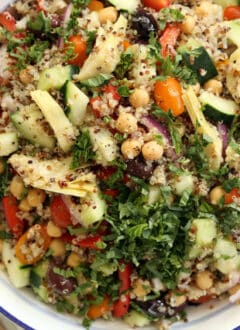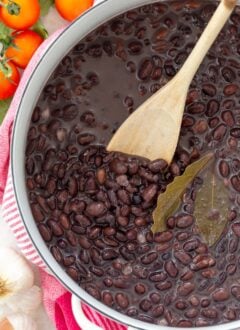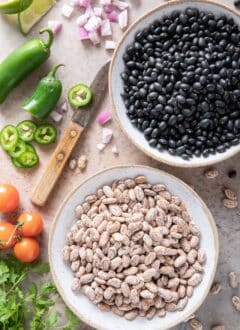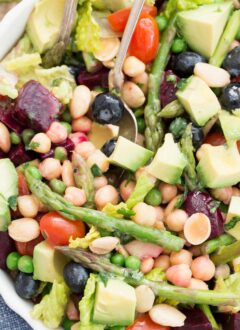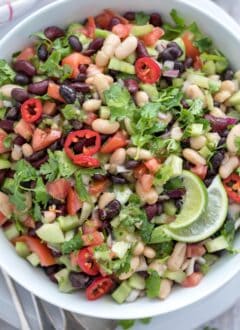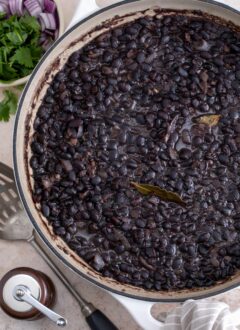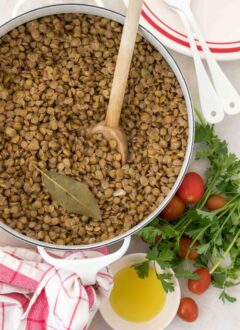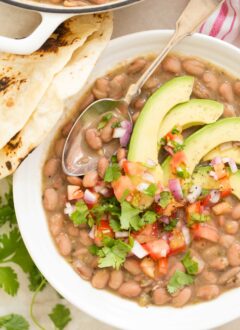Legumes
Easy legume recipes!
What are Legumes
Lentils, chickpeas and all beans (black beans, kidney beans, pinto beans, navy beans, etc) are all part of the legume family. They’re a rich source of plant based protein, iron, fiber, B vitamins (B1, B3, B5 and B6), magnesium, manganese and zinc. They’re also naturally low in fat and without cholesterol. Here you’ll find recipes for lentil soup, lentil stew, Mexican pinto beans, bean salad, white bean soup and many more.
Cooking Legumes
There are a variety of lentils to choose from (green, brown, orange and black). Lentils take about 20 minutes to cook and require no pre-soaking. To cook lentils, just place lentils in a small pot and add enough water to cover them. Bring to a boil then reduce heat and simmer uncovered for about 20 minutes until lentils are soft. Drain and store in the refrigerator to toss into salads, soups and stews.
Other legumes like chickpeas, black beans and pinto beans require about 1-1/2 hours to cook after soaking in water overnight.


